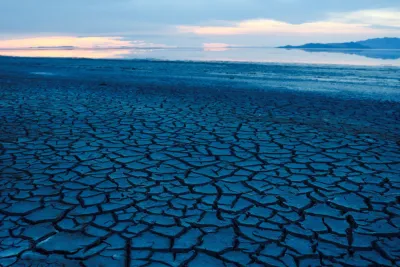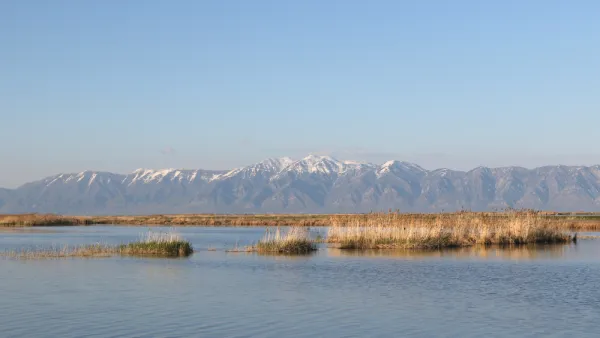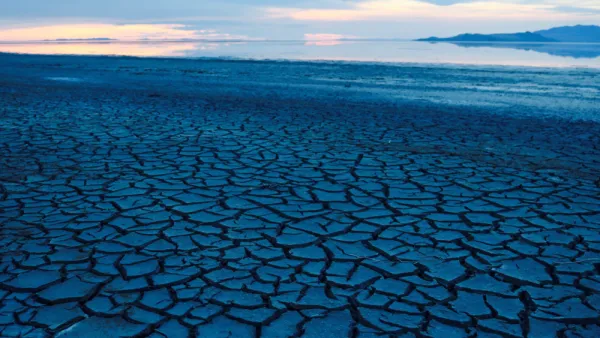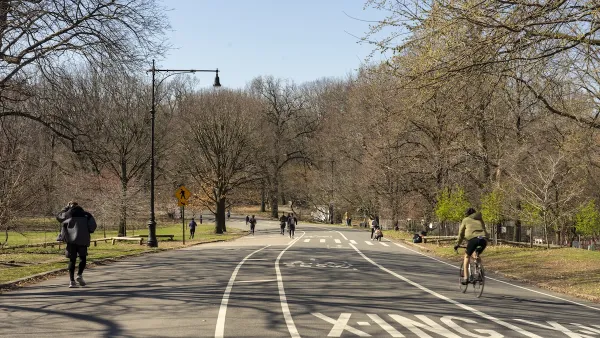Climate change and population growth are shrinking the Great Salt Lake. The environmental consequences are dire.

The Great Salt Lake has shrunk in size by two-thirds. Christopher Flavelle reports for the New York Times of the dire environmental consequences of that trend continuing until the lake is gone:
The lake’s flies and brine shrimp would die off — scientists warn it could start as soon as this summer — threatening the 10 million migratory birds that stop at the lake annually to feed on the tiny creatures. Ski conditions at the resorts above Salt Lake City, a vital source of revenue, would deteriorate. The lucrative extraction of magnesium and other minerals from the lake could stop.
There’s more:
Most alarming, the air surrounding Salt Lake City would occasionally turn poisonous. The lake bed contains high levels of arsenic and as more of it becomes exposed, wind storms carry that arsenic into the lungs of nearby residents, who make up three-quarters of Utah’s population.
Joel Ferry, a Republican state lawmaker and rancher who lives on the north side of the lake, is quoted in the article describing the prospect as an “environmental nuclear bomb.”
Flavelle also details the challenges in reversing the trend. Reversing the shrinking would “require letting more snowmelt from the mountains flow to the lake, which means less water for residents and farmers,” which would also require stemming the state and region’s quick population growth. According to the article, the dilemma raises a fundamental question about how much Americans are willing to sacrifice to avert the worst effects of climate change, not to mention live with the effects of climate change. This dilemma is, of course, not unique to Utah.
FULL STORY: As the Great Salt Lake Dries Up, Utah Faces An ‘Environmental Nuclear Bomb’

Analysis: Cybertruck Fatality Rate Far Exceeds That of Ford Pinto
The Tesla Cybertruck was recalled seven times last year.

National Parks Layoffs Will Cause Communities to Lose Billions
Thousands of essential park workers were laid off this week, just before the busy spring break season.

Retro-silient?: America’s First “Eco-burb,” The Woodlands Turns 50
A master-planned community north of Houston offers lessons on green infrastructure and resilient design, but falls short of its founder’s lofty affordability and walkability goals.

Test News Post 1
This is a summary

Analysis: Cybertruck Fatality Rate Far Exceeds That of Ford Pinto
The Tesla Cybertruck was recalled seven times last year.

Test News Headline 46
Test for the image on the front page.
Urban Design for Planners 1: Software Tools
This six-course series explores essential urban design concepts using open source software and equips planners with the tools they need to participate fully in the urban design process.
Planning for Universal Design
Learn the tools for implementing Universal Design in planning regulations.
EMC Planning Group, Inc.
Planetizen
Planetizen
Mpact (formerly Rail~Volution)
Great Falls Development Authority, Inc.
HUDs Office of Policy Development and Research
NYU Wagner Graduate School of Public Service




























